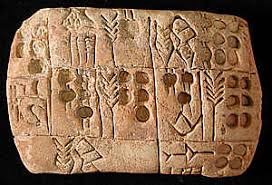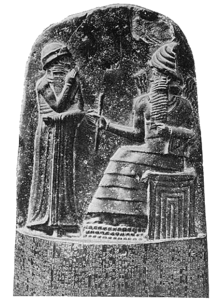5000 - 3500BCE – Cities begin to develop between the Tigris and Euphrates rivers. These eventually would grow into thecivilization of Mesopotamia, which would play an important role in the worldduring its existence. This empire wouldeventually be home of some of the most significant developments in early humanhistory.
Tigris-Euphrates Civilizations
This timeline takes us through the civilizations located along the Tigris-Euphrates River, these groups would evolve into Mesopotamia and Babylonia
Take a look at some of the most influential moments in Tigris-Euphrates History...

3500 BCE – This marks the time when Sumerians began to create their own writing system. Originally starting off as pictograms, the writing system matured into acuneiform text. This new writing systemunified the civilization as before they spoke 2 different languages, Sumerianand Semitic.
2100 BCE – The city of Ur becomes the center ofthe society. Soon after reaching it’speak the city begins to digress, along with the rest of the civilization. Is the beginning of the gradual end of this civilization.

1792 – 1750 BCE – King Hammurabi was aBabylonian King who extended Babylon’s rule in Mesopotamia. He created the Code of Hammurabi, one of theoldest surviving forms of law, which was important in keeping order.
500 BCE – The Persians, similar to what happenedto Egypt, conquered the Mesopotamian empire. This further contributes to the decline of the civilization, also mimics the history of a fellow river civilization.
332 BCE – Alexander the Great defeated thePersians and took control of the Mesopotamian empire after his death it becameapart of the Greek Empire. The empirewas now in the hands of an entirely different entity than it had everexperienced.
150 BCE – Mesopotamia is once again under a newruler, the Parthian Empire. Some parts were still under Roman control, which resulted in the area being used as abattleground for the two. This is theend of the Mesopotamian civilization as it once was.
Mesopotamia was one of the most influential civilizations to ever exist, their impact on the world jump started decades of growth.

